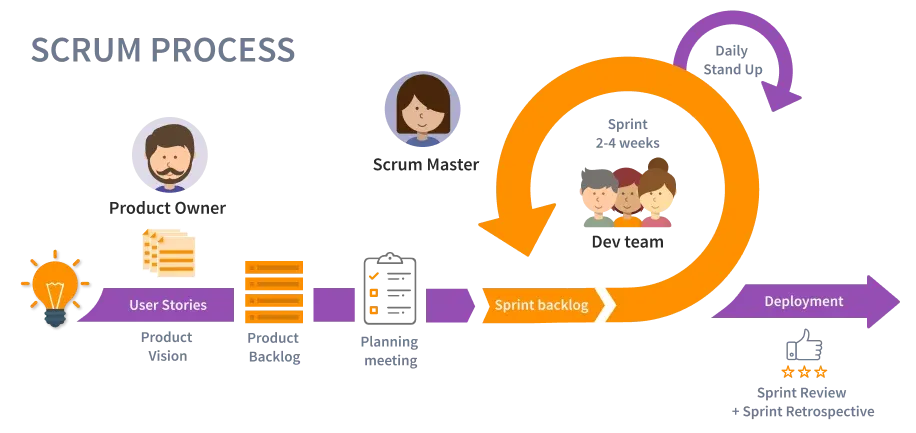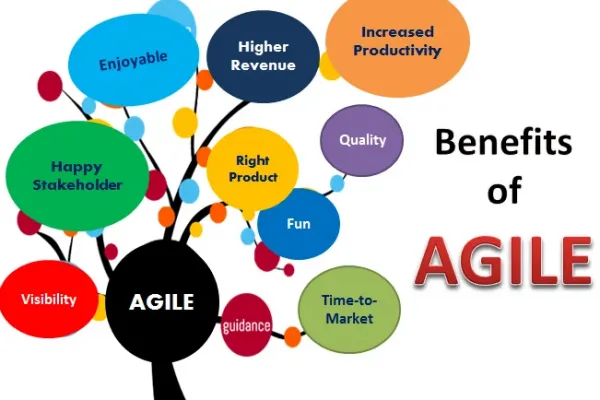What is Agile? What is Scrum?
Agile software development refers to software development methodologies centered round the idea of iterative development, where requirements and solutions evolve through collaboration between self-organizing cross-functional teams.
WHAT IS AGILE?
Agile software development refers to a group of software development methodologies based on iterative development, where requirements and solutions evolve through collaboration between self-organizing cross-functional teams. Agile methods or Agile processes generally promote a disciplined project management process that encourages frequent inspection and adaptation, a leadership philosophy that encourages teamwork, self-organization and accountability, a set of engineering best practices intended to allow for rapid delivery of high-quality software, and a business approach that aligns development with customer needs and company goals. Agile development refers to any development process that is aligned with the concepts of the Agile Manifesto. The Manifesto was developed by a group of fourteen leading figures in the software industry, and reflects their experience of what approaches do and do not work for software development.

Image: Agile methodology
WHAT IS SCRUM?
Scrum is a subset of Agile. It is a lightweight process framework for agile development, and the most widely-used one.
- A “process framework” is a particular set of practices that must be followed in order for a process to be consistent with the framework. (For example, the Scrum process framework requires the use of development cycles called Sprints, the XP framework requires pair programming, and so forth.)
- “Lightweight” means that the overhead of the process is kept as small as possible, to maximize the amount of productive time available for getting useful work done.
A Scrum process is distinguished from other agile processes by specific concepts and practices, divided into the three categories of Roles, Artifacts, and Time Boxes. These and other terms used in Scrum are defined below. Scrum is most often used to manage complex software and product development, using iterative and incremental practices. Scrum significantly increases productivity and reduces time to benefits relative to classic “waterfall” processes. Scrum processes enable organizations to adjust smoothly to rapidly-changing requirements, and produce a product that meets evolving business goals. An agile Scrum process benefits the organization by helping it to
- Increase the quality of the deliverables
- Cope better with change (and expect the changes)
- Provide better estimates while spending less time creating them
- Be more in control of the project schedule and state

Image: Scrum Process
Source: Internet
Kimei's T-shirt designer
07/05/2021
Kimei Global Happy Woman's Day
07/05/2021
New office
19/06/2021
Minigame: "WFH. I'm fine! How about you?"
17/07/2021
What are the benefit of Agile?
27/09/2021
Ecommerce End-to-end: B2B and B2C solutions
26/10/2021






